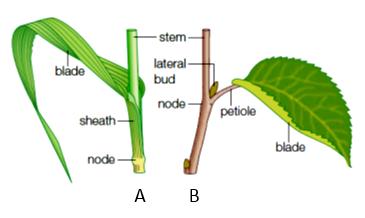The restriction enzymes BamHI and BclI cut at the points indicated by arrows: If one sample of DNA was cut with BamHI and another with BclI, and these two samples were mixed and treated with DNA ligase, what would occur?
A) No DNAs would be ligated (joined together).
B) Only the BamHI-cut DNA would be ligated.
C) Only the BclI-cut DNA would be ligated.
D) Both BamHI-cut and BclI-cut DNAs would be ligated, but only to DNA fragments cut with the same enzyme (for example, BamHI fragments would be ligated only to other BamHI fragments).
E) Both BamHI-cut and BclI-cut DNAs would be ligated with no preference for which fragment is ligated to which other.
Answer: E
You might also like to view...
Which biochemical is generally not found in samples of animal tissue?
a. Protein b. Starch c. Amino acids d. Lipid
The antiviral drugs currently approved for use in HIV disease include ________.
A. protease inhibitors B. nonnucleoside reverse transcriptase inhibitors C. fusion inhibitors D. nucleoside reverse transcriptase inhibitors E. All of the choices are correct.
A primary reason that the kidneys have one of the highest metabolic rates of all body organs is that _____
A) they have membranes of varying permeability to water B) they operate an extensive set of active-transport ion pumps C) they are the body's only means of shedding excess nutrients D) they have an abundance of myogenic smooth muscle
Figure 27.9A

A. cotyledon B. cladode C. corm D. eudicot E. monocot